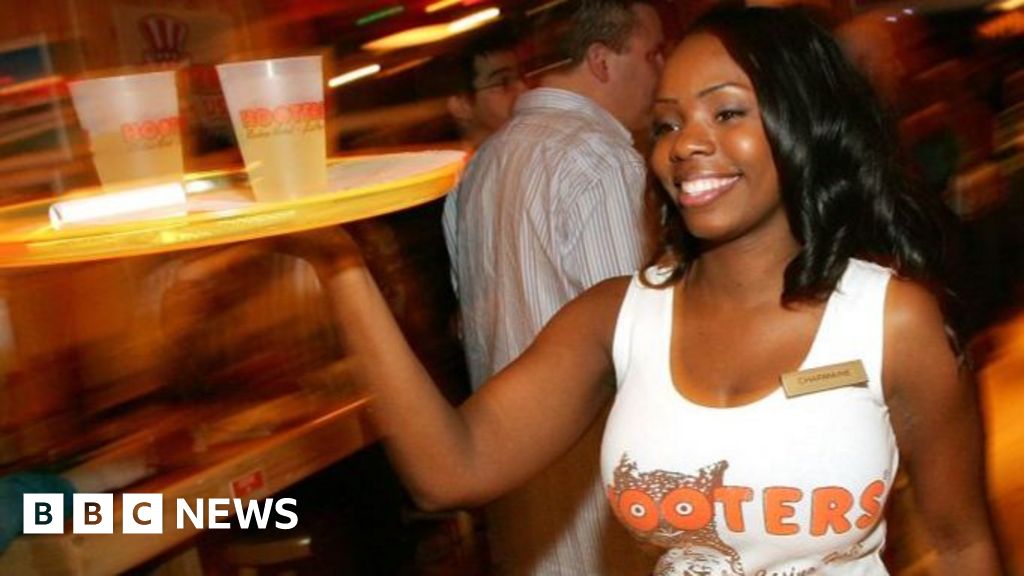
The Unexpected Flight of the Owl: Hooters and the Shifting Sands of Casual Dining
The iconic orange shorts and bubbly waitresses are a familiar sight to many, but the future of Hooters, the casual dining chain known for its playful atmosphere, is facing a significant headwind. Recent news reveals that the company has filed for bankruptcy protection, a move that underscores the challenges facing even established brands in the fiercely competitive restaurant industry. This isn’t a sudden crash; it’s the culmination of a confluence of factors that have been quietly eroding the profitability of many casual dining establishments.
The core issue, mirroring a larger trend, is the rising cost of doing business. Inflation has relentlessly impacted ingredient costs, forcing restaurants to grapple with higher prices for everything from chicken wings (a Hooters staple) to vegetables. Simultaneously, labor costs have climbed significantly, reflecting the increased demand for higher wages and improved employee benefits. This double whammy squeezes profit margins, leaving restaurants with less room for error and less flexibility to adapt to changing market demands.
Beyond these macroeconomic factors, Hooters, like many others in its segment, faces the challenge of evolving consumer preferences. The casual dining landscape is far from static. Consumers are increasingly seeking unique dining experiences, prioritizing quality ingredients, diverse menus, and perhaps even a more refined atmosphere than the traditional Hooters model offers. Younger generations, in particular, are known for their adventurous palates and their preference for experiences that go beyond the standard casual dining fare.
The bankruptcy filing represents a strategic maneuver, not necessarily a death knell. The decision to sell all company-owned restaurants to a group backed by the founders suggests a calculated attempt to restructure the business and shed burdensome debt. This move allows for a fresh start, potentially streamlining operations and focusing on a more sustainable business model. It could signal a shift towards a franchise-centric model, a strategy employed by many successful restaurant chains to reduce operational overhead and spread risk.
The future remains uncertain, but the challenges facing Hooters are indicative of a broader struggle within the casual dining industry. Competition is fierce, and adapting to the ever-changing preferences of diners requires constant innovation and a willingness to evolve. The brand’s iconic image and established customer base offer a foundation for a potential comeback, but successfully navigating the complexities of the current economic climate and the evolving tastes of consumers will require decisive action and strategic planning. The next chapter for Hooters will be a fascinating case study in the resilience and adaptability of businesses navigating a rapidly changing world. The owl may be grounded for now, but the possibility of flight remains.



Leave a Reply